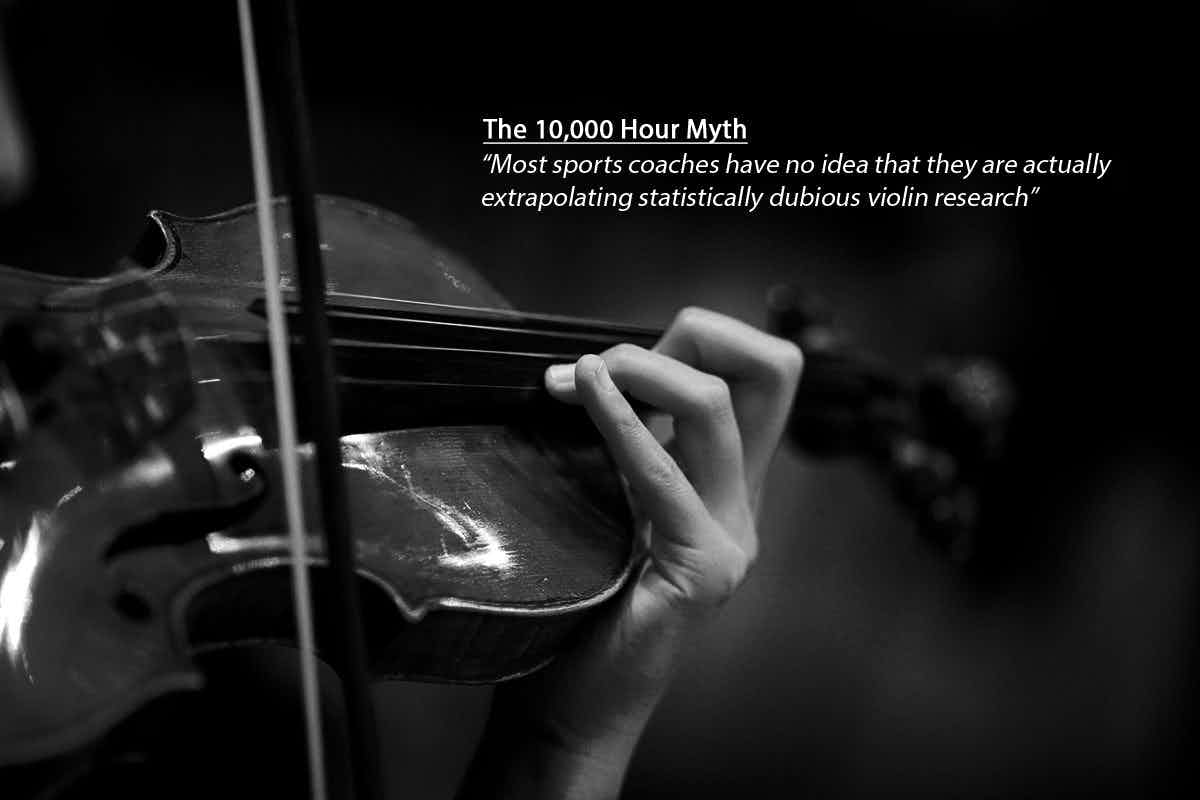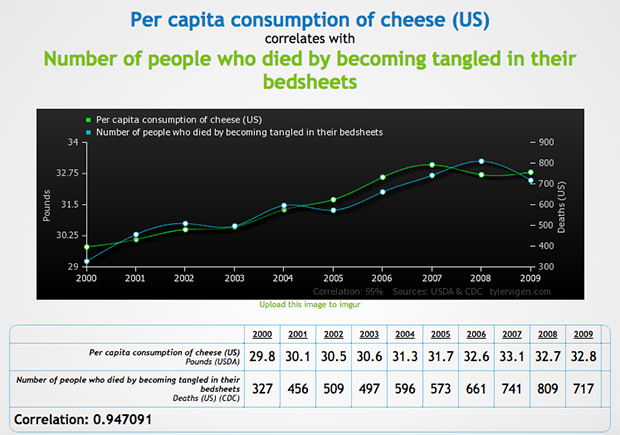Science & Skepticism, Surf CoachingThe 10,000 Hour Myth

Most people have heard the meme that to become an expert in a particular field, you need to do 10,000 hours worth of practice. The rule was made famous by Malcolm Gladwell’s book ‘The Outliers’. The study was originally done by a scientist named Anders Ericsson, and has been quoted in almost every skills development context you can think of; Issue 169 (May 2016) of Carve Magazine to name just one; in an attempt to quantify when an ‘everyday’ surfer may achieve the 10,000 hour status.
The 10,000 hour rule is commonly applied to sports coaching, and is regularly included within sports science literature; ironically however the original study had nothing to do with sports. Ericsson originally used 30 violinists at the world famous Berlin music academy – Hanns Eisler College for Music. The violinists were divided into 3 groups of 10 based on their skill. Several factors were then considered; one of which was how many hours of practice the students in each group reported having completed. The hours were averaged out within each group, and it was found that the top tier group had averaged over 10,000 hours of practice, whereas the other two groups had completed significantly less.
Now, there are a few major problems with this study.
Firstly, the individual students were inconsistent with their self reported practice times. When asked on separate occasions regarding how many hours of study they believed they had done, inaccurate or conflicting answers for the same period of practice time were given.
Secondly, as Ericsson had averaged the hours within each group, that meant that several members of the top tier group hadn’t even done 10,000 hours of practice. A small proportion within the top tier group had done significantly more than 10,000 hours, and so the average of the group was over 10,000 hours as a result.
Thirdly, there are other differences between the groups: for example, the top tier group had an average of 5.4 hours more sleep per week; so why weren’t the findings reported as the ‘5.4 hours more sleep per week rule’? This was just one of the several arbitrary factors that was picked up on.
Fourthly, we have something known as selection bias – in this case it was the fact that everyone within the study already played at a level high enough to attend an elite music academy. This is typically the worst kind of selection bias, as you’re selecting a group based on the variable you are attempting to test for. It would be like trying to figure out why people are good at basketball by only testing top NBA players; then looking for a differing factor between only those players, forgetting that all of them are over 7ft tall.
Finally, and most importantly, there is the problem that the study was looking for correlations rather than attempting to disprove a hypothesis. This is one of the biggest flaws in surf coaching, and in fact in sports coaching in general.
Consider this example; an olympic skier grew up in an area where skiing was not only a recreational sport, but also their main form of transport from the moment they could walk. Someone considering how the individual became an olympic skier could easily say it was because they began skiing at the age of 2 for example. However, this is only looking for a correlation, and in this case finding one. Correlation isn’t always what it seems. For example the per capita consumption of cheese in the US correlates with the number of people who died by becoming tangled in their bed sheets, which of course is just coincidental that the data matches. So, unless these bed sheet victims had an empty cheeseboard on the bed simply by looking at the data, we cannot determine an actual or related correlation.

When looking for correlations, they can often be found. Rather than risk making similar mistakes to the above, we should instead try to disprove the hypothesis. In attempting to disprove the olympic skier hypothesis we might ask ‘Do children who start skiing at a young age become olympic skiers?’ – and then try to find examples of when that doesn’t happen, rather than when it does happen. Now suddenly you notice that all the other children in the same town who were also skiing from a young age just as commonly went on to become accountants, teachers and bankers; not olympic skiers – which tells the observer that no, this isn’t the significant factor. It certainly is a factor within the olympian’s development, just not the most significant one. It is all to do with the scientific process; try and disprove the theory, rather than prove it.
In surfing, you could suggest that 11 time world champion Kelly Slater’s organic, superfood diet is the reason for his success; however how many other people have the same diet and are not world champions in their field? Noticing correlations can help an observer determine an avenue to test, but as the old saying goes ‘correlation doesn’t equal causation’.
So back to the 10,000 hours rule.
What can we learn from Anders Ericsson’s original study? It says that if everybody had an identical environment and identical genetics then practice will likely be the determining factor. No shit. Of course these identical environments almost never occur – so the practical ‘take home’ from the study is really that more practice is probably good; nothing we couldn’t already assume. There is nothing magical or significant about the 10,000 hour figure. Anders Ericsson actually feels strongly about this himself, and addressed the related issues in a 2012 letter titled ‘The Danger of Delegating Education to Journalists’. Malcolm Gladwell, who popularised the idea, in a discussion to the sports psychologist David Epstein admitted that the 10,000 hour rule cannot be applied to sports – where ironically it has had the most attention and cultural impact. Gladwell isn’t blameless in this; for a start he calls the 10,000 hour rule “a rule” in the first place, and “a magic number to expertise”.
There are sports programs out there now that fit in exactly 10,000 hours of training between the ages of 8 and 18, and it seems most of them have no idea that they are actually extrapolating statistically dubious violin research. So, consider the science, and be wary of correlation; after all, if you’re eating cheese in bed whilst reading this, you’re probably likely to wake up tomorrow without your bedsheets around your neck.